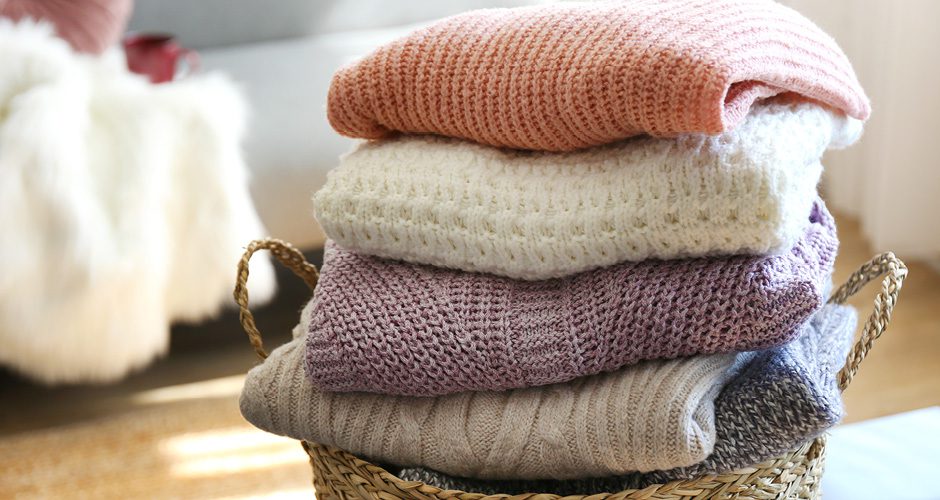Do you ever get those annoying fuzz balls on your clothes that take your look from polished to careless? Pilling is the last thing you want to happen to your clothes. After a few washings, clothes that pill like leggings can look worse for the wear.
Why Does Pilling Happen?
It all starts with the fabric.
Fabric either consists of long or short fibers. Short fibers like cotton are more likely to pill. That’s because there are more tiny ends that can get tangled together, creating pills. This usually happens when the fabric is rubbed or abraded somehow. Synthetic acrylic, polyester and nylon are other frequent offenders. Silk, on the other hand, is a natural filament with long fibers and is therefore more pill resistant.
Another factor to consider is the twist of the fibers. If the twist is loose, there’s more room for abrasion to take place, as compared to a tighter twist in a firmer fabric. Both type of fabric and twist have everything to do with pilling.
So, what can be done about it? Rather than relinquishing your garment to the second-hand shop, use these tips on how to prevent pilling on sweaters, leggings and more.
Keep an Eye on the Fabric
Avoid fiber blends. Good Housekeeping™ recommends that you check the label before buying garments that easily pill like sweaters. Avoid fabrics that have three or more fibers in the blend—they’re more apt to pill.
According to The Spruce, When fibers are mixed in a fabric like a cotton/polyester blend, one fiber is usually much stronger than the other. The weaker fiber is apt to break, knot around the stronger fiber and form a pill. Unfortunately, this pill becomes a magnet for other loose threads (especially when washed) and the two become entangled. That’s why black fabrics end up with little white knots (that’s fuzz from another fabric).
The looser the fabric, the more likely it is to pill, so opt for tightly woven fabrics.
Sort Clothing Beforehand
Keep delicate items together and avoid putting them in the same load as jeans and other abrasive fabrics. Avoid washing lint-producing fabrics like terry cloth with other clothes. If there are broken fibers on polyester, the lint from the terry cloth is going to cling tightly to the polyester surface.
Know Which Chemicals to Avoid and Use
- Avoid harsh cleaners or bleach that can weaken fibers and cause them to break and pill.
- Add a commercial fabric softener to the rinse cycle; the softener will coat the fibers of fabric reducing abrasion.
- Choose a laundry detergent that contains the enzyme cellulase—it helps break down cotton pills and removes them.
Wash Clothes Inside Out
The agitator in a washing machine goes back and forth causing pieces of clothing to rub against each other. Turning clothing inside prevents the face of the fabric from wearing away from friction and pills show up mostly on the inside.
You can hang your garment inside out for an added level of protection against pilling leggings, sweaters or delicates.
Wash on Delicate or by Hand
Wash on the delicate cycle or the old-fashioned way—by hand. The less movement your clothing makes during washing, the better.
Hang Dry
The label may say it’s safe to tumble dry but when it comes to items like sweaters and leggings, hanging to dry is the way to go. Again, the less agitation, the less pilling.
Got Pills? Easy Steps to Remove Them
If the damage is done, there is something you can do to remove the pills.
- Use a fabric comb or a fuzz remover that shaves pills from the surface of the clothing.
- Pull the fabric taut over a curved surface and carefully cut off pills with a small, sharp scissors or shave the fabric with a safety razor.
Wash with Speed Queen® Perfect Wash™
Choosing the right fabric goes a long way to prevent pilling. So does choosing the right washing machine. Versatile, gentle and delivering a great clean, TR7 Ultra-Quiet Top Load Washer with Speed Queen Perfect Wash™ lets you tailor wash cycles for the ultimate fabric care. Your clothing deserves nothing less.


